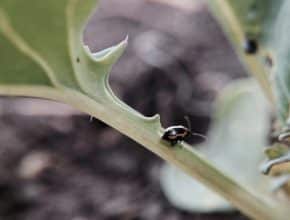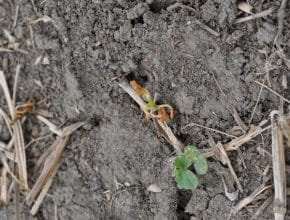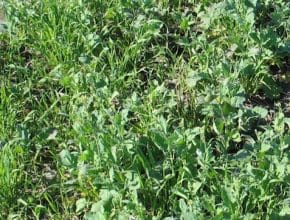How well can you identify the most common cutworm species found in Canadian canola crops?…
June 10, 2015 - Issue 13
-
-
Flea beetles remain the single biggest insect threat this week, although pressure seems to be waning. Cutworm losses have been reported in a few fields across the Prairies, but damage is usually patchy within a field and nearby fields might not have any losses. The key with all insects is to scout and count and adhere to economic thresholds for…
-
-
Under hot conditions the metabolism of (some) target insects is significantly faster. Control of the pest is more complete when the metabolism of the pest is slower which is generally associated with cooler or moderate temperatures. It is also known that control of some insect species with pyrethroid insecticides decreases as temperature rises. Some pests are also more available in…
-
A second application of in-crop herbicide is not always economical if the crop is well established, competitive and ahead of the remaining weed population. A second application can make sense if…
-
-
The 2015 Ultimate Canola Challenge (UCC) is up and running, and now the UCC webpage is too! The intent of the UCC is to identify the best management strategies for growers by testing various techniques and products over and above the CCC recommended best management practices for canola. The new webpage provides information on this year’s product comparison, the small…
-
-
The later that hail occurs, the more likely for yield loss, given that plants simply have less time to recover. Plants at the 6-leaf stage, for example, that lose most of the leaf area on the main stem can still live, but these leaves will not regrow. The plant will be delayed, and more of the yield potential — which…




